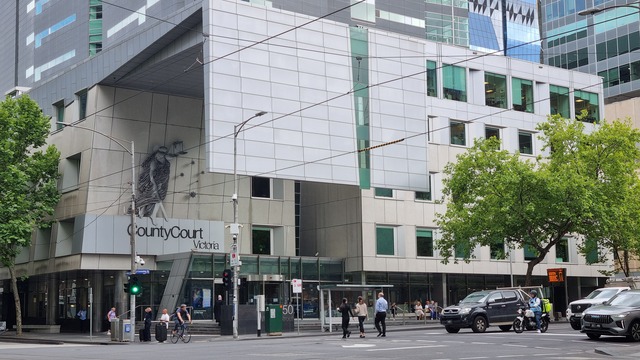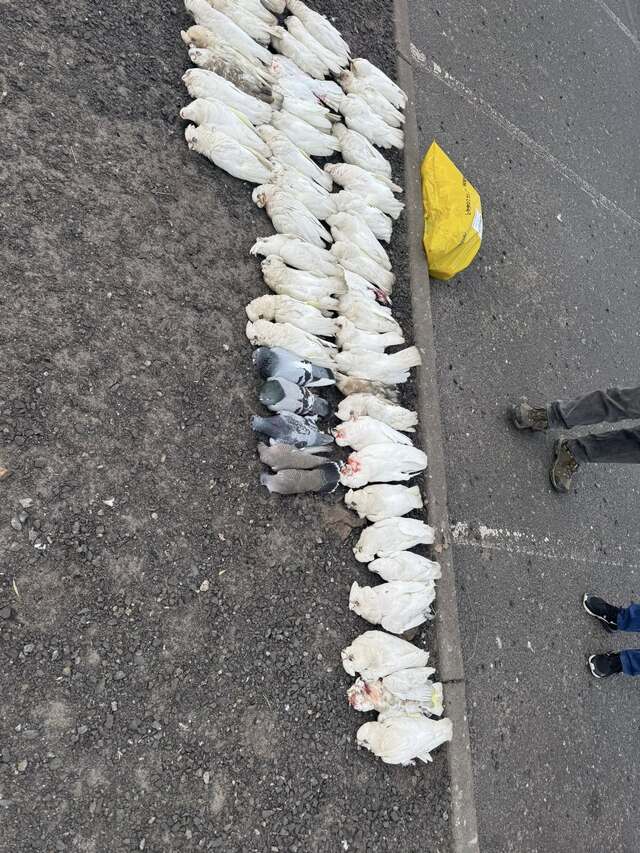2022 Morrish Medallist Taj Campbell-Farrell used to think everyone felt pain in their feet when they ran.
It was, he thought, a natural part of pushing your body to its limit and beyond, a challenge he would have to learn to cope with if he would give the AFL Draft a real shake.
“I asked one of my friends ‘do you get pain when you run?’ and he said ‘no I don’t’ and that took me by surprise, I thought everyone had it,” Campbell-Farrell explained.
“Through juniors I wasn’t doing anything to deal with it, other than learning to play through the pain. I thought it was something I had to deal with through the rest of my life until we saw some surgeons who let me know I had compartment syndrome in my legs and foot.
“I’ve never played a game in the last four years where I haven’t bloody had it.”
A flummox of conflicting opinions from surgeons about whether Campbell-Farrell should get the surgery formed the prelude for the painful, yet pre-eminent season.
Get the surgery and return midseason, or play through pain? Campbell-Farrell decided the latter.
Poignant in midfield coach Josh Moore’s memory was an encounter he had with the on-baller after the Rays’ round one win over Eastern at Frankston.
That day the pain was the worst it had ever been for the surf-loving teen and he could hardly move to acknowledge the coach’s praise.
Ice, heat, massage and compression were all unsuccessfully tried, but by the hours following games once he has been off his feet, they felt relatively normal.
From there, the injury became a week-to-week struggle.
While outsiders were seeing an elevation in output as he pushed himself towards AFL Draft calculations as a big-bodied ball-winner, those at the core of his journey saw his increasing pain.
It is worst at the end of the first and second quarters; after that, the game slows, enabling him to keep up. Despite the difficulty in movement he did not manage his time spent on the ground.
“Halfway through the first quarter, in my foot, I’m getting excruciating pain that then lasts throughout the whole game, so I had to play through that (for) most of the year, but luckily I could still play alright,” he said on the Morrish Medal coverage.
“Alright” might be harsh for a player who grabbed umpires’ attention with 18 of a possible 30 votes, as a strong ball-hunter that could bust his way out the front of a pack and feed out to teammates.
Campbell-Farrell won NAB League’s highest individual honour alongside Tasmania’s Lachie Cowan who also recorded 18 votes.
He was also in the NAB League team of the year with teammates Mitch Sybkowski and Henry Hustwaite.
His possessions were significantly weighted towards the ‘contested’ category, as he improved that throughout the year.
“His development came in his ability to execute his good hands in the contest, and being able to be strong and stand up in a lot of situations,” Dandenong Stingrays coach Nick Cox said.
“His contested ball work has gone to another level; there is scope on his forward craft; I think he is a tremendous mark for his height.”
As the year went on, there was less and less time to get on the track.
Rays training sessions became more about recovery, preparation and management, rather than drills and craft.
“In the end he was almost not able to train during the week between games for a couple of weeks,” Cox revealed.
“The resilience he showed on the back of that and to still produce what he was during games was exceptional.”
Moore, also initially from the Rye Footy Club, saw Campbell-Farrell’s development up-close, coaching him and his side to five premierships as a junior.
But you did not need to be within the four walls of R.J Rowley Reserve to see Campbell-Farrell’s dominance: “he was bigger and stronger than everyone else so he stood out,” Cox said.
Back then, Campbell-Farrell was deployed as a key-position player, mostly in defence where Moore could see him having impact as an interceptor in the future.
“Players aren’t supposed to get a lot of the ball as a key-position-player at junior level, but he was, which is probably why he was able to adapt as a midfielder because he reads it really well,” Moore recalled.
Last year, he played four games in the midfield, alongside now West Coast Eagle Jai Culley and Hawthorn’s Connor MacDonald, who helped his growth.
Culley’s strength and MacDonald’s burst are elements Campbell-Farrell has adopted into his own game.
The 18-year-old did get a state combine invite indicating at least two clubs are interested, but he has yet to have a chat with a club, and his name would certainly be more prominent if he was injury-free.
Kicking penetration and explosiveness are the deficiencies – but there is a general confidence that playing through pain has denied him from reaching his full potential in either area.
“The injury has affected my kicking quite a bit this year as with my defensive running, which is hard and painful,” Campbell-Farrell said.
“It’s not something I was aware of, but I would walk on the outside of my feet to protect the inside of my feet, I would do things with my leg to prevent the swollen, sore spots from being hit.
“Now that I am back I will work on my kick to perfect it and get it up to standard.”
His average of 29 possessions per game in 2022 would have had him at 35 touches for 30-minute AFL-length quarters.
Impressive, considering all 137 of his kicks this season induced a level of discomfort.
Now six weeks post-surgery, there is a chance that he may be a chance to play in the NAB League grand final – provided Dandenong qualify by beating Tasmania – though the club is not “overly confident” on a return.
Beyond that, there is the state combine on October 7-9, ahead of the AFL Draft in November.
If he does not get picked up, the Rye product is a wanted commodity for next season so the Rays can condition him for the 2023 AFL mid-season rookie draft.
Plus, his leadership continues developing, the coaches commending the respect he has earned for playing amid duress.
“The thing he can be most proud of the legacy he leaves as a person, not just a player,” Moore said.
“That is something we can reference for future players: yes he has won a Morrish, and that will go down in history, but the character he has become being in our program is something we’re really proud of and he should be as well.”
Campbell-Farrell is hopeful he can transition that legacy to AFL level.







